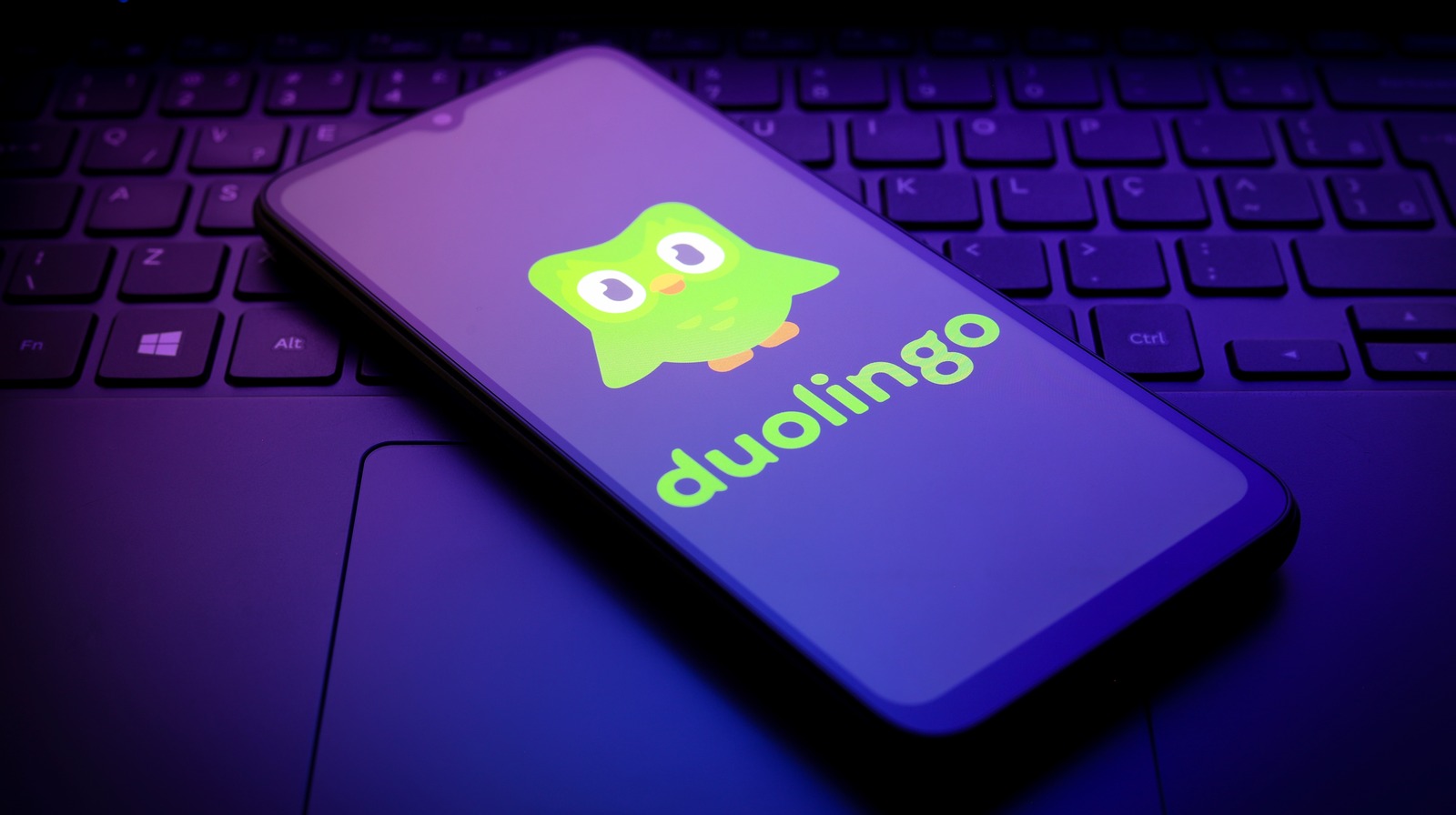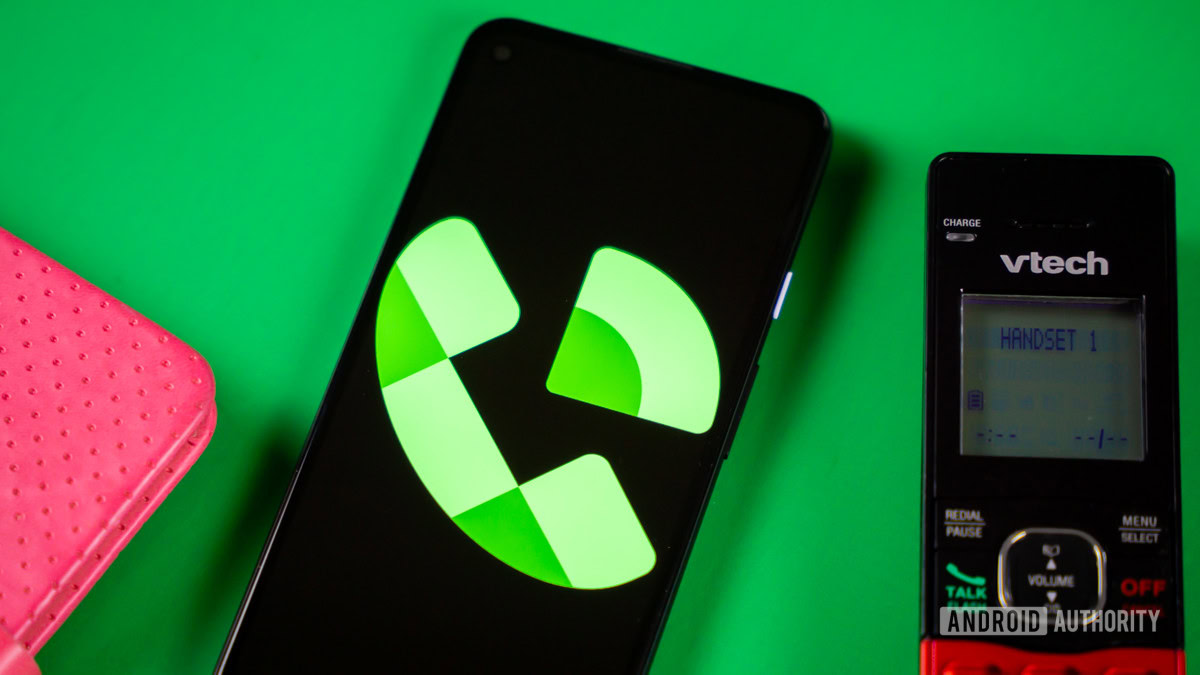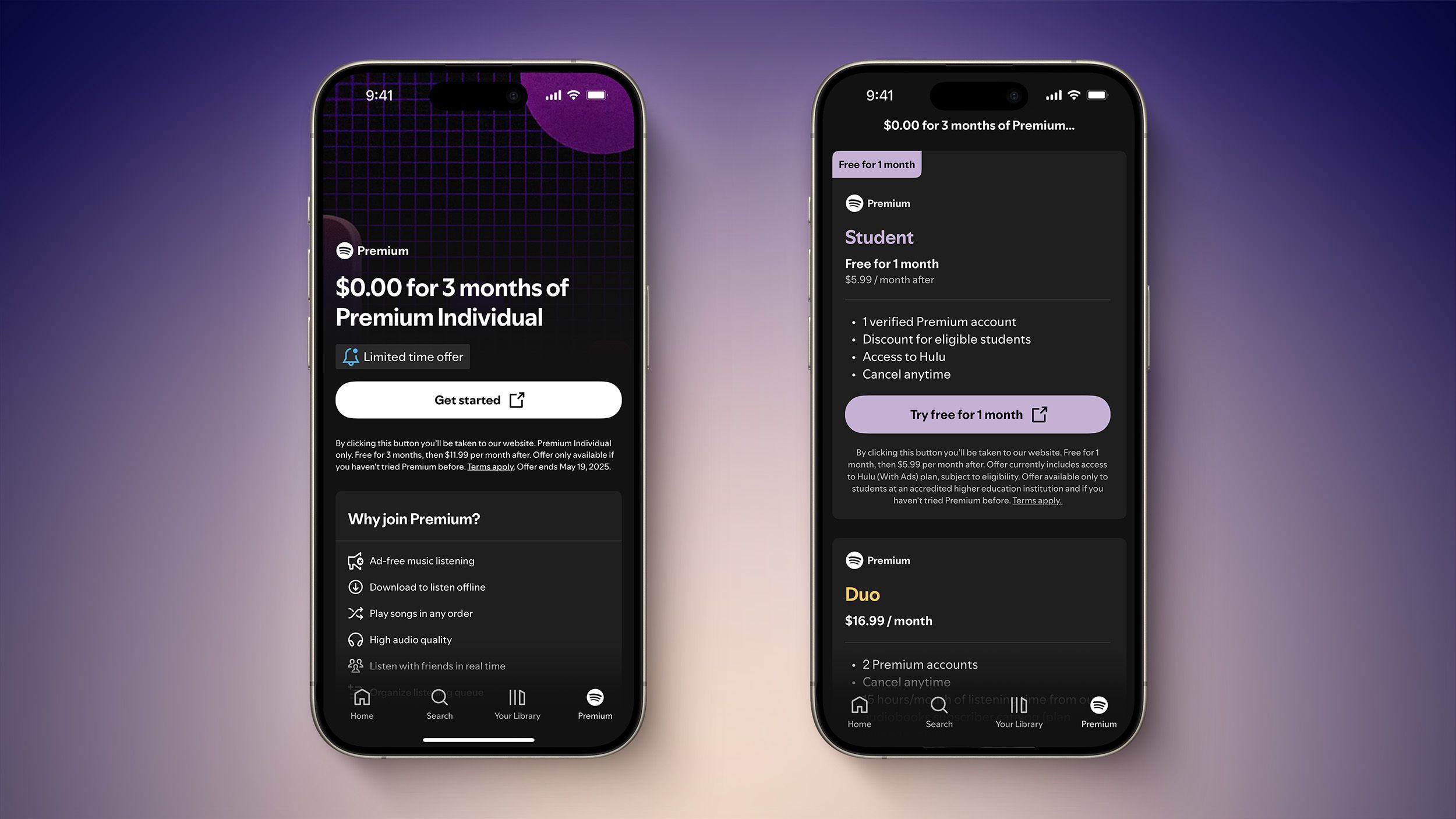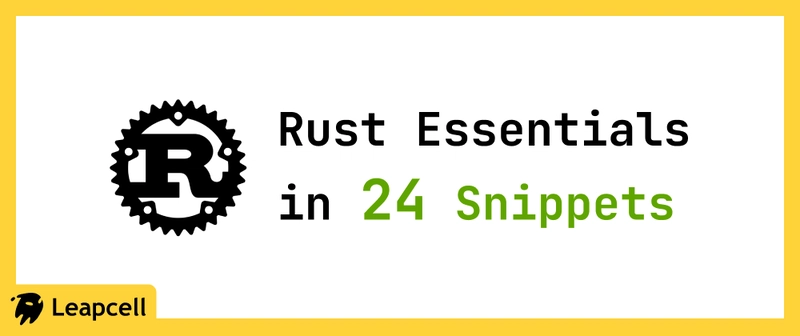ERC-20 vs Native Coin: Which One Should You Build?
If you're thinking about creating your own cryptocurrency, one of the first and most critical decisions you'll face is whether to build an ERC-20 token or launch your own native coin with its own blockchain. These two approaches are very different in terms of complexity, cost, security, and long-term scalability. In this article, we'll break down the key differences between ERC-20 tokens and native coins, and help you understand which option might be better for your project. What Is an ERC-20 Token? ERC-20 is a token standard used on the Ethereum blockchain. It defines a set of rules that all Ethereum-based tokens must follow. When you create an ERC-20 token, you're not building your own blockchain—you're deploying a smart contract on Ethereum that defines and manages your token's behavior. Pros of ERC-20 Tokens: Quick Deployment: You can launch an ERC-20 token in minutes with minimal setup. Lower Costs: No need to build or maintain a blockchain. High Compatibility: ERC-20 is widely supported by wallets, exchanges, and DeFi platforms. Easier Development: Smart contracts are easier to write and test than an entire blockchain. Cons of ERC-20 Tokens: Limited Control: You’re subject to Ethereum’s rules and network conditions. Gas Fees: Every interaction requires ETH, and fees can spike during congestion. Scalability Bottlenecks: Your token shares the same bandwidth as the entire Ethereum ecosystem. What Is a Native Coin? A native coin runs on its own blockchain. This means you control the consensus mechanism (e.g., proof-of-work or proof-of-stake), block size, transaction speed, and every aspect of the ecosystem. Popular examples include Bitcoin (BTC), Litecoin (LTC), and Monero (XMR). Pros of Native Coins: Full Control: Customize mining rules, block rewards, and validation logic. Brand Power: Operating a standalone blockchain can feel more authoritative and innovative. Independence: You're not tied to another platform’s policies or technical limits. Cons of Native Coins: Complex Development: Requires deep understanding of blockchain internals. Maintenance Load: You'll need to maintain nodes, wallets, and the network itself. Higher Costs: Infrastructure, security, and developer time add up. Adoption Challenges: Building community and exchange support is harder without an existing ecosystem. Choosing Between an ERC-20 Token and a Native Coin Use an ERC-20 Token If: You're creating a utility or governance token for a platform or app. You need fast deployment and want to test a concept quickly. You have a limited budget and small team. You want immediate compatibility with DeFi, MetaMask, and centralized exchanges. Use a Native Coin If: You're building a new consensus model, privacy feature, or infrastructure-level change. You need granular control over mining, staking, and validation. You're aiming for long-term innovation and plan to grow your own ecosystem. You have access to skilled blockchain developers and resources. Common Pitfalls to Avoid Overestimating Technical Ability: Building a blockchain is hard. Many DIY coins die early due to bugs or poor maintenance. Ignoring Tokenomics: Whether ERC-20 or native, your token must have a reason to exist and an economic model that makes sense. Lack of Security Audits: Don’t skip audits just because it’s "only a token"—ERC-20 contracts can still be exploited. Poor Documentation: Nobody will adopt your project if they can't figure out how to use it. Not Planning for Growth: Think ahead: How will your project scale? What happens if your network or token gets popular? Final Thoughts There’s no one-size-fits-all answer. ERC-20 tokens offer ease and compatibility, making them great for first-time developers, startups, and rapid prototyping. Native coins offer full sovereignty and are better suited for advanced, large-scale projects. If you're just starting out—or want a structured approach to either method—check out my complete guide to building your own cryptocurrency or token. This PDF guide breaks down the full process: how to fork an existing coin, write an ERC-20 token from scratch, customize mining rules, and launch—all with just a laptop. It’s beginner-friendly but detailed enough for serious creators. My complete guide, available for just $10, can save you hours of research, guesswork, and technical dead ends. If you're serious about launching a cryptocurrency, this is the practical starting point you’ve been looking for. Thanks for reading! Feel free to leave a comment or share what you're building.

If you're thinking about creating your own cryptocurrency, one of the first and most critical decisions you'll face is whether to build an ERC-20 token or launch your own native coin with its own blockchain.
These two approaches are very different in terms of complexity, cost, security, and long-term scalability. In this article, we'll break down the key differences between ERC-20 tokens and native coins, and help you understand which option might be better for your project.
What Is an ERC-20 Token?
ERC-20 is a token standard used on the Ethereum blockchain. It defines a set of rules that all Ethereum-based tokens must follow. When you create an ERC-20 token, you're not building your own blockchain—you're deploying a smart contract on Ethereum that defines and manages your token's behavior.
Pros of ERC-20 Tokens:
- Quick Deployment: You can launch an ERC-20 token in minutes with minimal setup.
- Lower Costs: No need to build or maintain a blockchain.
- High Compatibility: ERC-20 is widely supported by wallets, exchanges, and DeFi platforms.
- Easier Development: Smart contracts are easier to write and test than an entire blockchain.
Cons of ERC-20 Tokens:
- Limited Control: You’re subject to Ethereum’s rules and network conditions.
- Gas Fees: Every interaction requires ETH, and fees can spike during congestion.
- Scalability Bottlenecks: Your token shares the same bandwidth as the entire Ethereum ecosystem.
What Is a Native Coin?
A native coin runs on its own blockchain. This means you control the consensus mechanism (e.g., proof-of-work or proof-of-stake), block size, transaction speed, and every aspect of the ecosystem.
Popular examples include Bitcoin (BTC), Litecoin (LTC), and Monero (XMR).
Pros of Native Coins:
- Full Control: Customize mining rules, block rewards, and validation logic.
- Brand Power: Operating a standalone blockchain can feel more authoritative and innovative.
- Independence: You're not tied to another platform’s policies or technical limits.
Cons of Native Coins:
- Complex Development: Requires deep understanding of blockchain internals.
- Maintenance Load: You'll need to maintain nodes, wallets, and the network itself.
- Higher Costs: Infrastructure, security, and developer time add up.
- Adoption Challenges: Building community and exchange support is harder without an existing ecosystem.
Choosing Between an ERC-20 Token and a Native Coin
Use an ERC-20 Token If:
- You're creating a utility or governance token for a platform or app.
- You need fast deployment and want to test a concept quickly.
- You have a limited budget and small team.
- You want immediate compatibility with DeFi, MetaMask, and centralized exchanges.
Use a Native Coin If:
- You're building a new consensus model, privacy feature, or infrastructure-level change.
- You need granular control over mining, staking, and validation.
- You're aiming for long-term innovation and plan to grow your own ecosystem.
- You have access to skilled blockchain developers and resources.
Common Pitfalls to Avoid
- Overestimating Technical Ability: Building a blockchain is hard. Many DIY coins die early due to bugs or poor maintenance.
- Ignoring Tokenomics: Whether ERC-20 or native, your token must have a reason to exist and an economic model that makes sense.
- Lack of Security Audits: Don’t skip audits just because it’s "only a token"—ERC-20 contracts can still be exploited.
- Poor Documentation: Nobody will adopt your project if they can't figure out how to use it.
- Not Planning for Growth: Think ahead: How will your project scale? What happens if your network or token gets popular?
Final Thoughts
There’s no one-size-fits-all answer. ERC-20 tokens offer ease and compatibility, making them great for first-time developers, startups, and rapid prototyping. Native coins offer full sovereignty and are better suited for advanced, large-scale projects.
If you're just starting out—or want a structured approach to either method—check out my complete guide to building your own cryptocurrency or token.
This PDF guide breaks down the full process: how to fork an existing coin, write an ERC-20 token from scratch, customize mining rules, and launch—all with just a laptop. It’s beginner-friendly but detailed enough for serious creators.
My complete guide, available for just $10, can save you hours of research, guesswork, and technical dead ends.
If you're serious about launching a cryptocurrency, this is the practical starting point you’ve been looking for.
Thanks for reading! Feel free to leave a comment or share what you're building.








































































































































































![[The AI Show Episode 145]: OpenAI Releases o3 and o4-mini, AI Is Causing “Quiet Layoffs,” Executive Order on Youth AI Education & GPT-4o’s Controversial Update](https://www.marketingaiinstitute.com/hubfs/ep%20145%20cover.png)












































































































































































































































































_Andy_Dean_Photography_Alamy.jpg?width=1280&auto=webp&quality=80&disable=upscale#)














































































































![Apple Developing AI 'Vibe-Coding' Assistant for Xcode With Anthropic [Report]](https://www.iclarified.com/images/news/97200/97200/97200-640.jpg)
![Apple's New Ads Spotlight Apple Watch for Kids [Video]](https://www.iclarified.com/images/news/97197/97197/97197-640.jpg)










































































![[Weekly funding roundup April 26-May 2] VC inflow continues to remain downcast](https://images.yourstory.com/cs/2/220356402d6d11e9aa979329348d4c3e/WeeklyFundingRoundupNewLogo1-1739546168054.jpg)



























